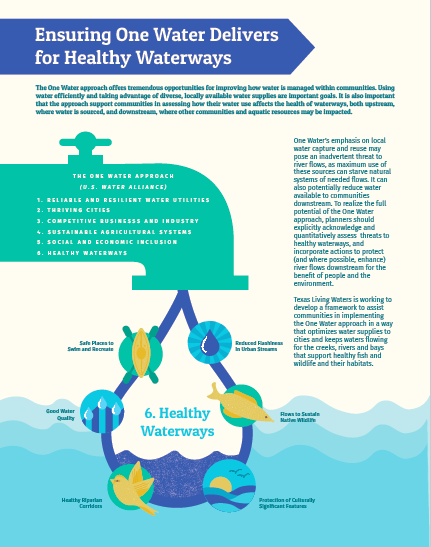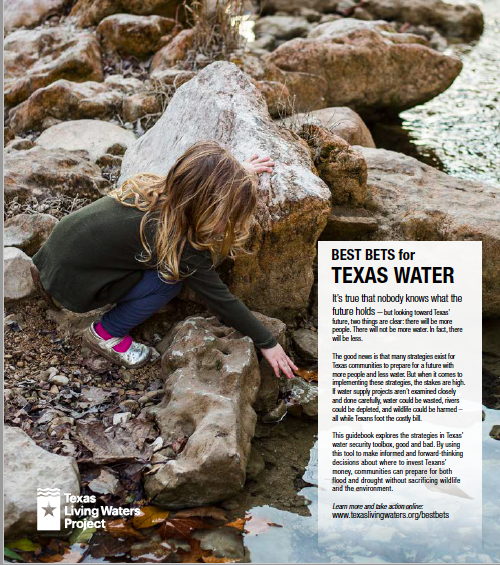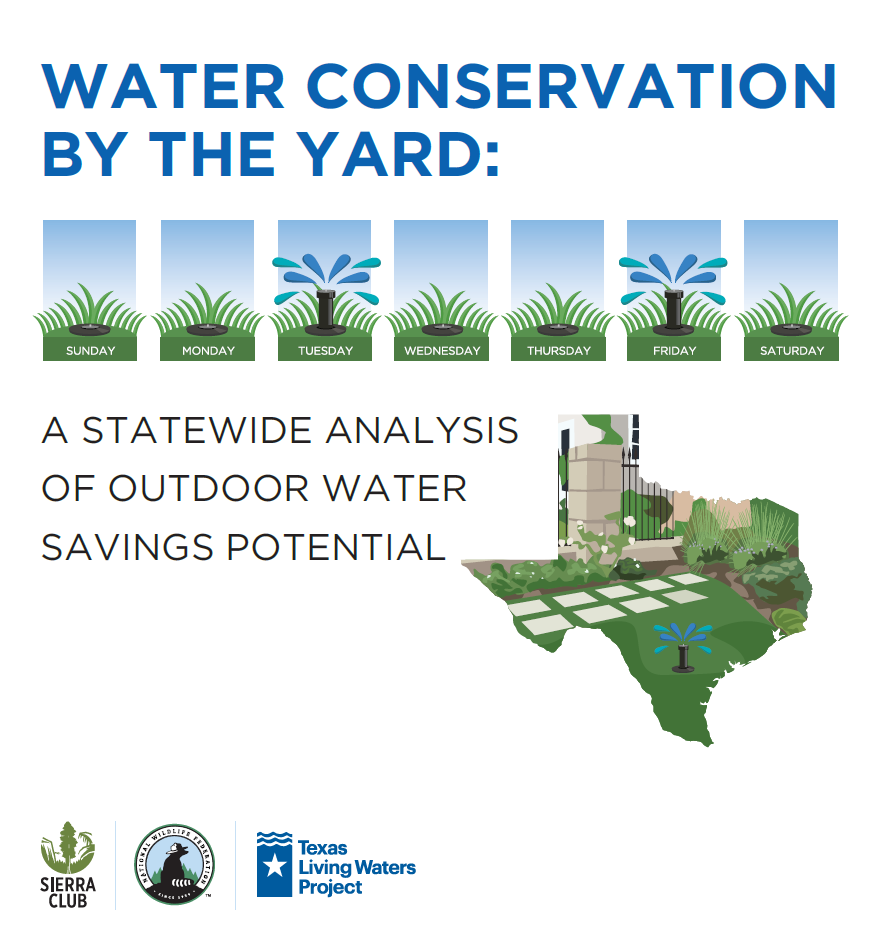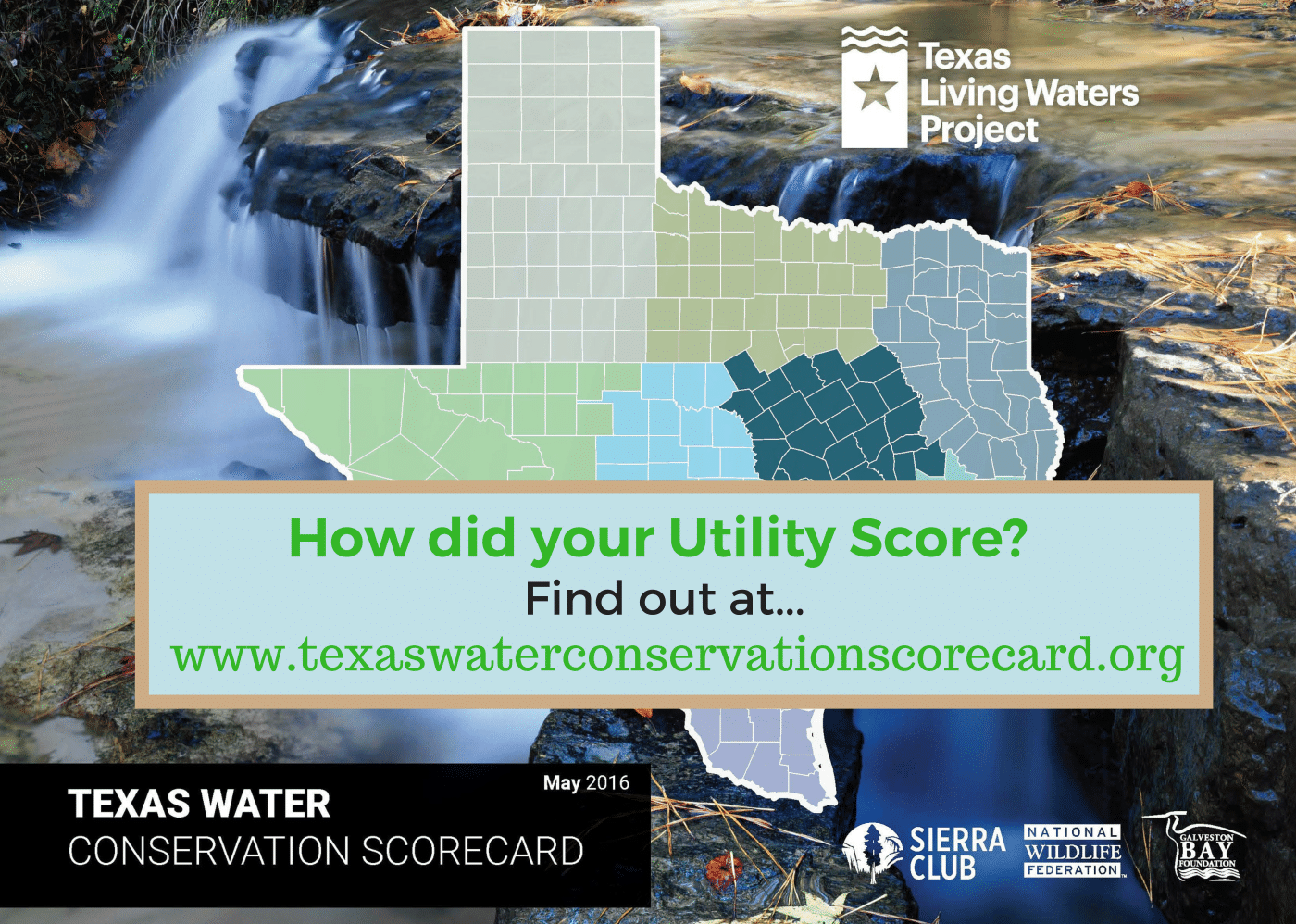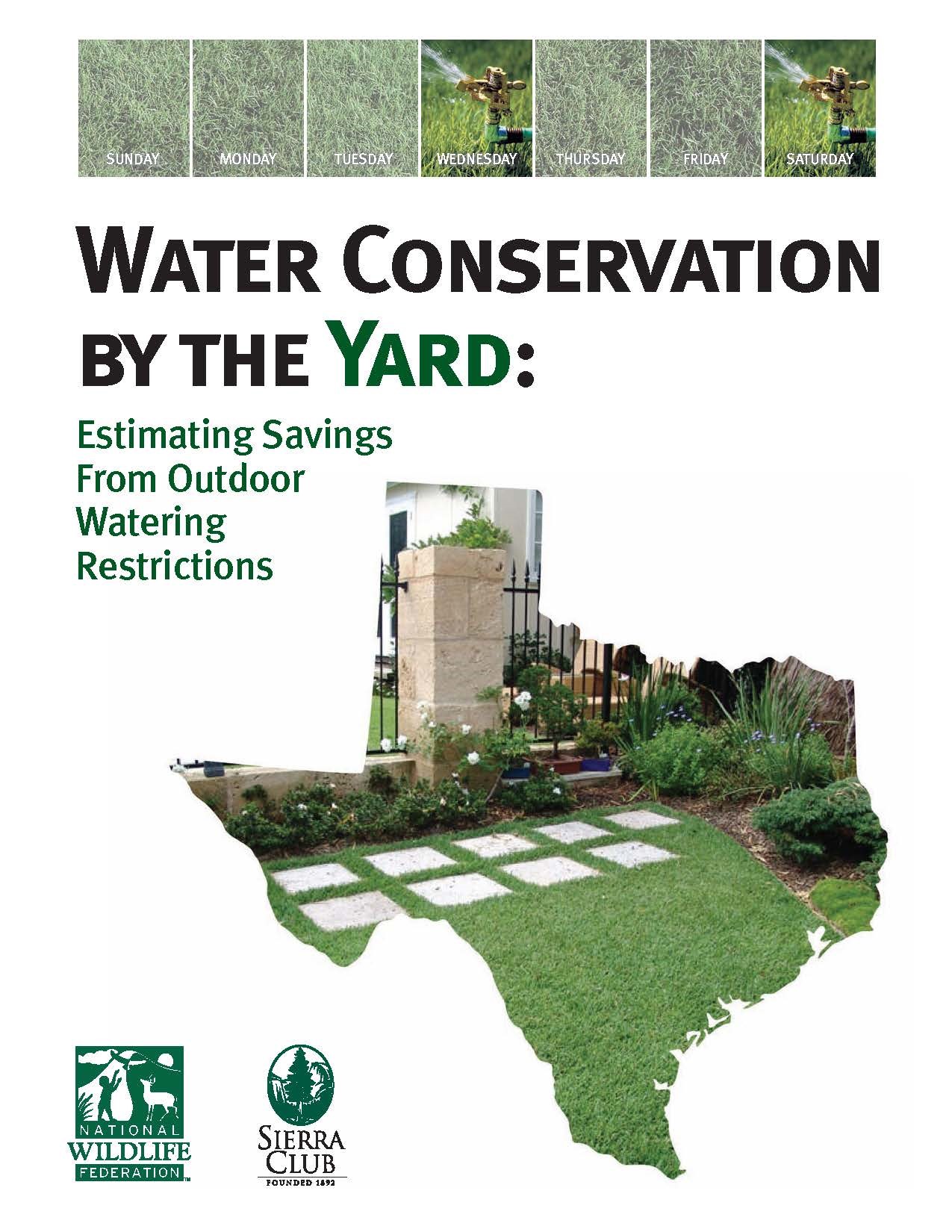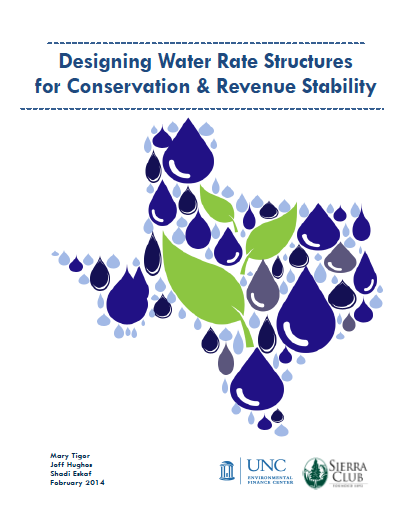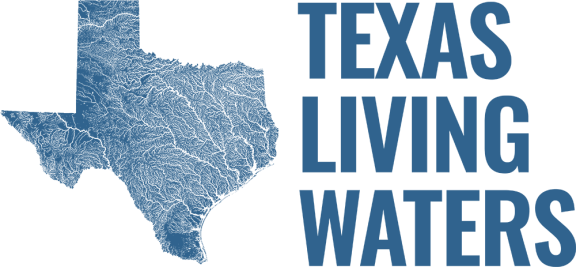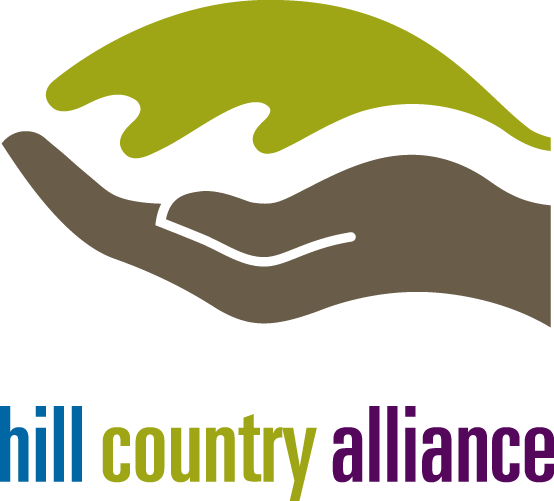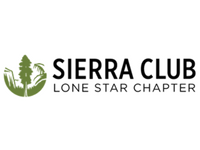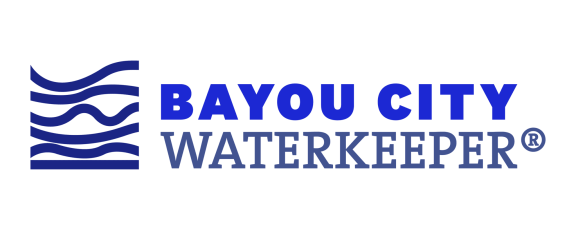DIVE DEEPER
Our Research and Publications
Our Most Recent Work
September 23, 2019
The One Water approach offers tremendous opportunities for improving how water is managed within communities. Using water efficiently and taking advantage of diverse, locally available water supplies are important goals. It is also important that the approach support communities in assessing how their water use affects the health of waterways, both upstream, where water is sourced, and downstream, where other communities and aquatic resources may be impacted. This document shares preliminary findings from a survey that assesses whether the One Water approach is realizing its potential to meaningfully ensure healthy waterways. This report also shares findings on the current “state of practice” through a series of interviews with a cross-section of utility staff, planners, engineers, and scientists involved in One Water implementation.
June 17, 2019
This guidebook explores the strategies in Texas’ water security toolbox, good and bad. By using this tool to make informed and forward-thinking decisions about where to invest Texans’ money, communities can prepare for both flood and drought without sacrificing wildlife and the environment.
March 20, 2018
The Texas Living Waters Project has designed this follow-up Water Conservation by the Yard report as a statewide analysis of outdoor water savings potential. This report explores regional potential water savings that could result from the implementation of no more than twice-per-week outdoor watering restrictions. With case studies, recommended education and enforcement strategies, and a draft model ordinance, this report was designed as a resource for municipalities to design and implement their own outdoor irrigation ordinances.
November 1, 2016
The Texas Living Waters Project has designed Navigating the SWIFT Application Process: Water Conservation Projects to assist small-to-mid-sized utilities in evaluating the funding strategies available to them for implementing their water conservation projects. This document focuses primarily on the State Water Implementation Fund for Texas (SWIFT) and includes a detailed description of the application process established by the Texas Water Development Board (TWDB).
May 1, 2016
The Texas Water Conservation Scorecard (visit website here) is the first-of-its-kind in-depth analysis and ranking of the water conservation efforts of more than 300 water utilities in Texas. Based on publicly available information, the Scorecard reveals a wide disparity of effort and information on what is being done to conserve the Lone Star state’s most precious resource: water.
The Scorecard is an evaluation of utilities based largely on their level of effort to advance water conservation, and to a lesser extent on their achievements. Scoring criteria included a utility’s compliance with water conservation planning and reporting requirements, its record on water loss and meeting targets for water use reduction, outdoor watering limits, and rate-based incentives for efficient use of water. Large and medium-size utilities (serving 25,000 customers or more) were evaluated on ten criteria while smaller utilities (serving less than 25,000) were rated on six criteria.
May 1, 2016
The 2nd edition of Facts About Texas Water is available in English (click to download English PDF) and Spanish (click to download Spanish PDF). Facts About Texas Water is intended to give all Texans—young and old, urban and rural— basic information about water that will help us understand this important resource and how to use and protect it. Facts About Texas Water was prepared for the 7th/8th grade student, but is useful to all Texans that want to learn basic information about your water supply and how to appreciate, conserve, and protect this valuable resource.
We have a limited amount of printed copies available free of charge for educational activities. Please contact us to inquire about availability.
March 1, 2016
Outdoor water use, particularly lawn watering, accounts for almost one third of annual residential water use in Texas, and can represent a much higher percentage during our hot, dry summers. Studies show that homeowners have a tendency to overwater landscapes by as much as two to three times the amount needed.
February 1, 2014
Water pricing can be one of the most effective methods to driving conservation and it is also the primary mechanism for recovering the revenue that a water utility needs to protect public health and the environment. The Environmental Finance Center at the University of North Carolina and the Sierra Club, Lone Star Chapter have written a report to help Texas water utilities use their water rates and financial policies to encourage customers to reduce their water use while maintaining the financial viability of the utility.
Webinar Information: UNC and the Sierra Club hosted a webinar on March 19 that focused on the findings and recommendations of our new report that explores the relationship between water pricing, water use, and revenue stability in the State of Texas. The webinar addresses how utilities can strike a balance between conservation and revenue stability and introduce rate structures, billing options, and financial practices that will help utilities advance water conservation objectives without undercutting needed revenue stability.
View Webinar Recording | Download Webinar Slides | Webinar Q&A Transcript
